Health and Fitness Industry Worldwide
The world of health and fitness is undergoing a major transformation thanks to the latest trends in software development. These trends are not just tweaking how things operate, they’re reshaping the entire fitness experience.
Imagine a fitness landscape where your workout is seamlessly integrated into a mobile app, guided by artificial intelligence, or even enhanced with virtual reality. This is just the tip of the iceberg.
In the United States, a significant 64% of people place a high value on wellness and fitness activities compared to other leisure options. Notably, 87% of individuals reported that they either maintained or increased their spending on well-being in 2022, as highlighted by insights from the Mindbody 2023 Wellness Index.
The growing demand for mobile devices has intensified competition within the industry. A notable trend has emerged due to COVID-19 restrictions: the rise of a dedicated sector focused on developing fitness technology for home use.
According to a forecast from Allied Market Research, the global fitness app market is set to reach US$120.37 billion by 2030, with a significant annual growth rate of 24.3%.
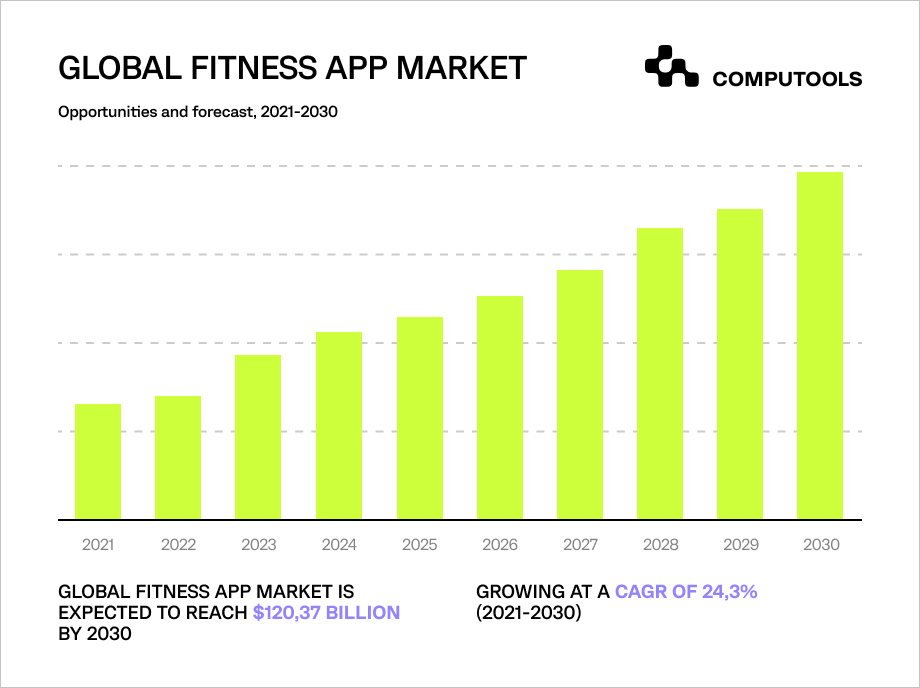
As the landscape of fitness apps evolves, an increasing number of individuals are expected to turn to these tech-infused tools to accomplish their health goals.
Let’s dive right in and explore the exciting technological advancements expected in the fitness tech industry for the upcoming year.
Top 12 Trends in Fitness App Development
1. Gamification
According to the World Health Organisation (WHO), over 28% of adults are physically inactive. To tackle this issue, making fitness activities more enjoyable is crucial.
Recognising that traditional exercise routines can become dull and demotivating, fitness apps have cleverly introduced gamified features.
The gamification trend involves adding game-like elements, such as points, achievements and leaderboards, to help users push and motivate themselves further.
This approach fosters a sense of competition and community, turning individual workouts into social and enjoyable experiences.
In the current health landscape, gamification is a significant trend that every business owner should consider during their fitness mobile app development.
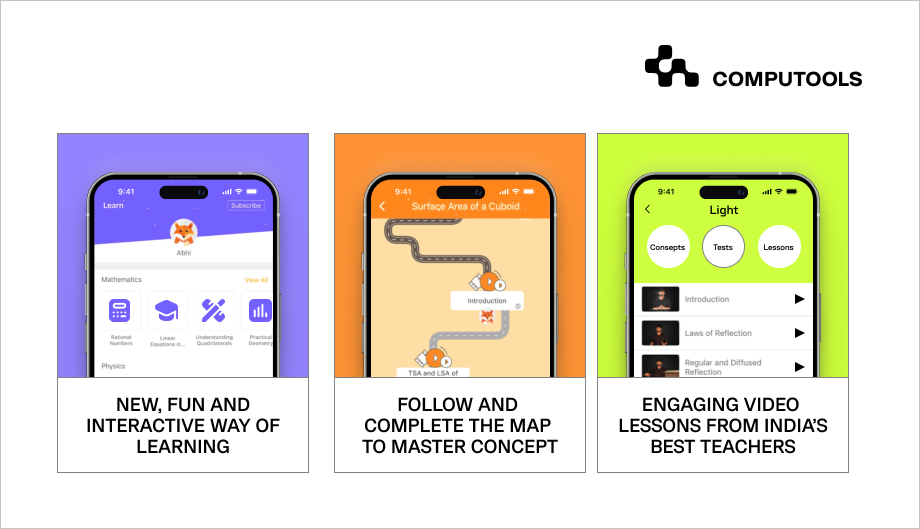
2. Home fitness
Imagine transforming your living space into a fully equipped fitness centre with a home gym experience that incorporates built-in cameras, touch-screen displays, online classes, personal trainers and motion sensors. Thanks to Internet of Things (IoT) technology, all of this is made possible and can be easily controlled from your fitness app.
Acknowledging the time constraints faced by many when it comes to exercise, smart home fitness app development services offer time-optimised solutions. By providing the most effective exercises in the shortest time possible, they meet the needs of individuals looking for efficient and impactful workouts in the comfort of their homes.
3. Workplace wellness apps
Many companies are now prioritising the health and well-being of their employees. To promote healthier lifestyles among their workforce, organisations’ wellness programmes frequently incorporate fitness apps.
These evolving technologies provide employees with access to various programmes, including fitness challenges, health assessments and nutrition counselling.
They also enable the monitoring of important health metrics like sleep patterns and activity levels, helping employers identify potential health issues and provide timely support to their employees.
Furthermore, many workplace wellness technologies offer personalised health recommendations and advice. In essence, workplace fitness app development contributes to fostering a healthier and more vibrant workforce.
4. Integration with wearable technology
Wearable technology has transformed how we approach fitness and well-being by providing real-time insights into our physical activity, heart rate and sleep patterns.
Now, health apps are integrating seamlessly with these wearables, offering people a user-friendly experience to track their progress in real time.
Experts from MarketsAndMarkets predict that the market for wearable health devices will be worth a whopping US$265.4 billion by 2026.
The latest generation of wearable gadgets takes monitoring to the next level, assessing a wide range of physiological data, from blood sugar levels to blood oxygen.
This advanced technology not only helps you keep tabs on your fitness and well-being goals but also collects data that can be valuable in diagnosing and treating various health conditions.
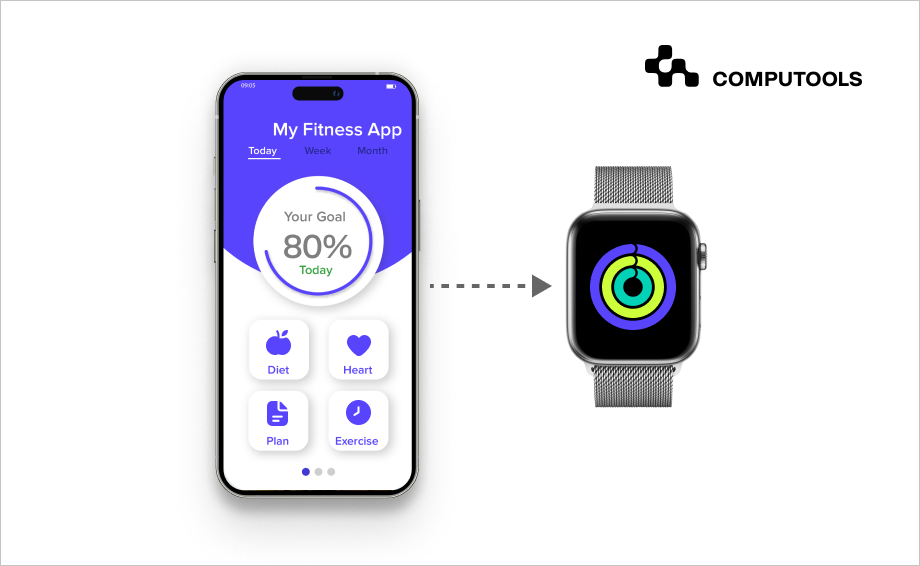
5. Cloud-based solutions
Modern health and fitness technology increasingly relies on cloud-based systems, providing a centralised hub for gym owners and trainers to efficiently oversee their operations. From scheduling to monitoring client progress, these systems offer a comprehensive solution.
Cloud-based products also enable continuous innovation. Developers can integrate new features, updates and improvements into fitness apps without causing downtime or inconveniences for users. This agility is essential in an industry where staying current with user preferences is crucial for success.
Notably, the security aspect is also enhanced, as sensitive health information is stored on secure servers rather than local computers, making it a more reliable choice compared to traditional software systems.
6. Mindfulness and mental health prioritisation
The disruptions caused by lockdowns, remote work and limited social interactions led to an increase in mental health issues across different demographics. Even four years after the start of the COVID-19 pandemic, concerns about mental health are still high.
According to a recent survey by KFF, 90% of U.S. adults feel that the country is currently facing a mental health crisis.
Today, many people are turning to meditation and mindfulness activities to help refocus their minds, process emotions and lead a more fulfilling life.
However, adopting a lifestyle centred around mindfulness and well-being can be challenging. It involves not only incorporating new habits and activities but also letting go of old ones that contribute to low feelings.
This is where well-being technology in fitness comes into play. Wellness applications offer guidance, structure, support and reminders to address various mental health concerns.
Recent reports show that over 3 million individuals use meditation apps daily, highlighting the growing popularity in the past couple of years.
7. Virtual and augmented reality
Recognising the challenges of starting and sticking to a fitness journey, fitness apps are stepping up their game by incorporating virtual and augmented reality features.
The integration of AR and VR into fitness apps not only makes exercise more enjoyable but also tackles the time constraints that people face in their busy lives.
AR seamlessly fits into workouts, while VR offers an immersive gym experience. No need to physically go to a gym or hunt for workout videos anymore.
In essence, AR and VR technologies empower users to create personalised workout environments in their homes. This marriage of technologies removes barriers, making it easier for users to prioritise their health and well-being.
8. AI personal trainers
As gyms closed down, personal training sessions moved to video calls. AI-powered personal trainers bring a revolutionary approach to tailored workout experiences.
These trainers use advanced algorithms and machine learning to analyse a wealth of data, including body type, fitness history and real-time feedback.
They consider the weights users lift and then generate a plan, suggesting how often they should work out and the specific exercises involved.
What makes these apps stand out is their ability to automatically adjust as a person’s strength and fitness levels improve over time.
Despite the convenience of these interactive fitness apps, some individuals still prefer the motivation and accountability that a personal trainer provides.
To bridge this gap, apps are evolving to include features that aim to replicate the guidance and support typically offered by a physical trainer, ensuring users feel supported even in the virtual fitness realm.
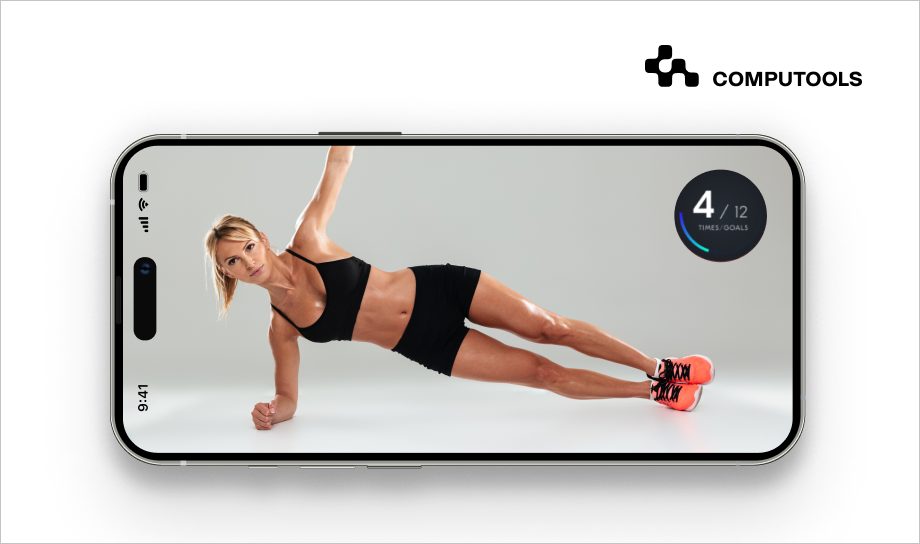
9. Personalisation
A major trend in fitness and well-being apps revolves around personalisation, where users can tailor their workout and meal plans. Some apps even use machine learning to analyse user data and offer customised recommendations.
The demand for personalised fitness apps is expected to grow as users increasingly seek solutions that are tailored to their individual needs.
These apps are also projected to become more advanced by incorporating technologies like wearables and biometric sensors.
Such advancement aims to provide users with more accurate data and insights, enhancing the overall personalised and effective nature of these fitness solutions.
10. Data analytics
The significance of data analytics in the realm of fitness app development is on the rise. This involves the meticulous analysis of data from a variety of sources, including wearable devices and fitness journals.
Through the application of data analytics, trainers gain the ability to discern patterns in a person’s behaviour, enabling them to fine-tune and tailor their programmes to better suit the evolving needs of their clientele.
Moreover, data analytics serves as a valuable tool for gym app owners to pinpoint areas for enhancement within their programmes and services.
This might involve the introduction of new classes based on preferences or the incorporation of new equipment to meet emerging fitness trends.
Ultimately, the integration of data analytics in fitness software empowers professionals to continually optimise their offerings, ensuring a dynamic and responsive fitness experience for all.
11. Telemedicine integration
The landscape of healthcare is undergoing a transformative phase with the increasing adoption of telemedicine. Health and fitness apps are aligning themselves with this trend, creating a more holistic approach to healthcare solutions.
Telemedicine features allow users to seamlessly schedule virtual consultations with healthcare professionals and personal trainers, or use machine learning algorithms to analyse their health and physique data.
Fitness applications could also play a big role in identifying potential health issues, prompting timely medical attention.
This connection between technology, fitness and healthcare signals a promising future where individuals can access more comprehensive and integrated health solutions, fostering a proactive approach to well-being.
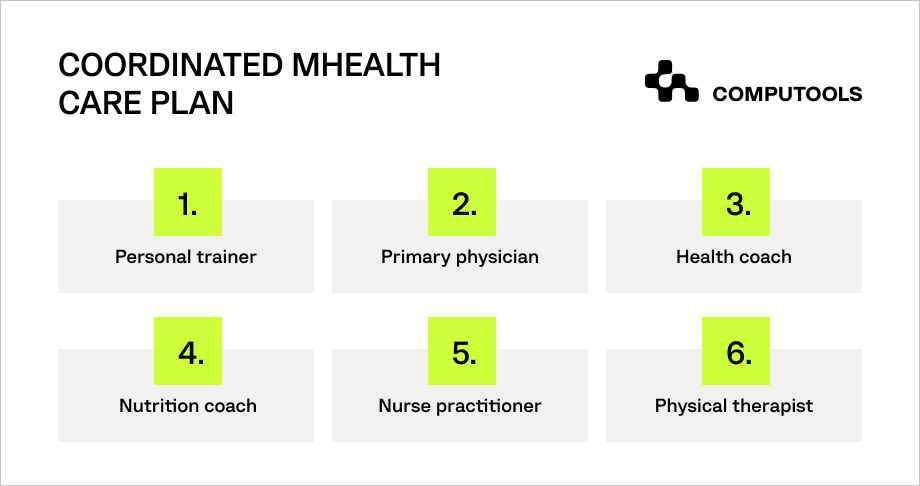
12. Integrated nutrition lists
Among the latest fitness app development trends is an integrated nutrition list feature. This innovative approach goes beyond conventional fitness tracking, offering users a tool that combines nutritional guidance with practical grocery planning.
Users can receive personalised nutritional recommendations tailored to their fitness goals, coupled with the functionality to generate custom grocery lists aligned with specified meal plans.
The focus on integrated nutrition lists reflects the industry’s commitment to delivering more comprehensive and user-centric solutions, addressing both the fitness and nutritional aspects of a healthy lifestyle in one consolidated platform.
Forecasting the Future of Fitness Apps
The future of health and fitness app development looks bright as technology continues to find innovative ways to meet healthcare needs.
Anticipated trends for 2024 and beyond, like personalised experiences, artificial intelligence features and seamless health data integration, suggest a shift from seeing fitness as a routine to embracing it as a holistic behaviour.
Many people are already choosing personalised health tracking through apps over traditional gym memberships.
Looking ahead, we expect a growing demand for mobile fitness apps, especially in the countries of Asia, due to the widespread use of mobile devices.
Popular fitness apps, accessible through smartphones, offer a cost-effective alternative to traditional sports activities.
The need for flexible fitness routines is pushing innovation, with connected devices allowing real-time communication and more efficient workouts.
As technology progresses, mobile fitness apps will no longer be restricted to specific regions, instead, they are positioned to offer their benefits worldwide.
The future points towards a shift away from localised fitness solutions. This change reflects a broader transformation in the fitness industry, where technology acts as a unifying force, connecting people globally and enhancing the accessibility of the fitness experience.
The most significant among fitness app development trends that will continue is gamification. By adding game-like features such as challenges and rewards, these apps aim to make fitness engaging and enjoyable.
It’s not just about individual progress, gamification fosters a sense of community. Users can connect, challenge each other and share achievements, creating a supportive environment.
Final Thoughts
Today, technology isn’t just a tool – it’s a strategic partner. For gym owners and trainers, embracing health and fitness app development is necessary to stay competitive in an ever-changing market.
As the wellness industry continues to evolve, this fusion of technology and fitness is set to redefine standards and take the fitness experience to entirely new levels.
By adopting the latest trends and fitness app features, you will be able to establish yourself as a genuine innovator and trendsetter in the fitness industry.
Explore further trends and benefits of health and fitness app development by dropping us an email at info@computools.com.

Computools
Software Solutions
Computools is a digital consulting and software development company that delivers innovative solutions to help businesses unlock tomorrow.









“Computools was selected through an RFP process. They were shortlisted and selected from between 5 other suppliers. Computools has worked thoroughly and timely to solve all security issues and launch as agreed. Their expertise is impressive.”